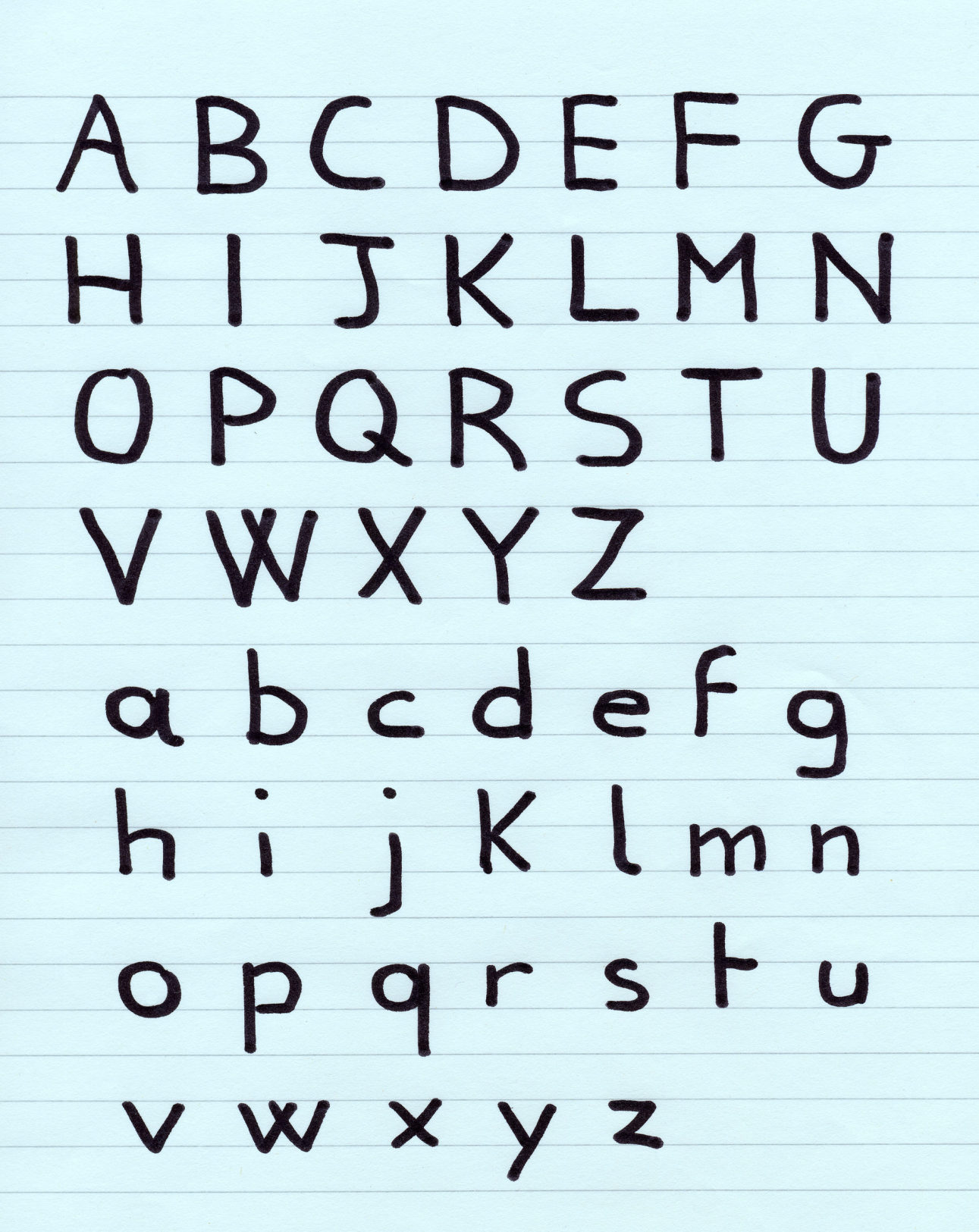One of our Ask a Tech Teacher contributors use this to help her student improve their handwriting. This is a great way to incorporate journaling with handwriting skills for learning students. See if you agree:
Create a Handwriting Workbook to Improve Penmanship
It is no news that practice makes perfect, and this saying certainly applies if you want to improve your handwriting. Learning to modify your handwriting can be a challenge as a person’s writing style is mostly just muscle memory.
The reason you write a certain way is simple; you have always written like that. To improve penmanship, you must dedicate yourself to a process that takes both time and commitment.
On that note, here’s how to create a handwriting workbook to help improve penmanship.
Determine Your Goals
The first step to make before you start a handwriting workbook is to map out your goals.
What do you want to achieve? Are you interested in improving your handwriting style or are you more interested in brushing up your letter formation or spacing?
Mapping out your goals creates a clear vision for your handwriting workbook this way you can tailor your workbook to fit whatever aspect you are trying to work on.
Selecting A Font
Picking a font for your handwriting workbook is a crucial step that requires thought. This is because the font you pick will go ahead to determine what your new and improved handwriting will look like.
Every person has a distinct writing style and it is necessary to choose a font that suits you. While it sounds simple, it can be tricky to find a suitable font that is both legible and aesthetically pleasing to the eye.
Using a font generator such as Quicktools can help students of all ages improve their penmanship when these fonts are presented in the form of a handwriting workbook. While cursive fonts are typically more popular and widely used, it is important to know that it is not your only option.
Many handwritten font styles are very easy to learn and emulate. Remember that no matter how much you try to emulate a font or script, your writing will always have its unique qualities and traits.
Gather Materials
To create a handwriting workbook you’ll need to get a couple of writing supplies like:
- Pencils and erasers
- A ruler
- Loose-leaf paper or a notebook
- Pens or markers.
Creating Your Lines
Your handwriting book will also need clear margins and lines. These lines will serve as a guide as you embark on the journey to legible writing.
To create these lines, you can use any regular online photo editor and insert these lines one after the other while switching up their thickness and width. However, you can also use a handwriting sheet template, which will save time and energy.
These are readily available online and are free to download and use. They also come in different styles and formats, so go ahead and use whichever suits you best.
Practice Your Writing
Once you are satisfied with your lines and margins, it’s time to move to the next step. This means it is time to try out your handwriting workbook.
Remember to hold your pen properly as well as your paper. Don’t be afraid to try out new fonts and writing styles until you find the position that feels the most comfortable for you.
Control your speed and take it slow until you get the groove of it. Writing is an acquired skill, which means you must practice it continuously over time for it to come naturally.
If you keep practicing while using your workbook as a guide, you will certainly see some improvement in your penmanship. Make sure to constantly reevaluate your progress as it is an important part of your penmanship journey.
You can do this by comparing what you’ve written previously with your current penmanship.
Don’t Give Up!
You need to have a determined and positive mindset if you truly want to improve your penmanship. Working on your handwriting requires time and patience and in due time you will see results.
To stay motivated you can set up small and achievable goals along the way. You can also come up with different writing exercises to keep your penmanship journey exciting.
Writing exercises you can use include copying words or sentences, quotes and affirmations and simply tracing letters. Another way to stay dedicated to your penmanship journey is to try out new pens and paper or even ink colors. Mixing things up keeps your mind engaged and focused on penmanship.
Finally, do not hesitate to seek advice from others with advanced penmanship as it may just be what you need to improve your handwriting style. You can join online communities or even enroll in a handwriting class if you need more training.
Copyright ©2023 askatechteacher.com – All rights reserved.

Jacqui Murray has been teaching K-18 technology for 30 years. She is the editor/author of over a hundred tech ed resources including a K-12 technology curriculum, K-8 keyboard curriculum, K-8 Digital Citizenship curriculum. She is an adjunct professor in tech ed, Master Teacher, webmaster for four blogs, an Amazon Vine Voice, CSTA presentation reviewer, freelance journalist on tech ed topics, and author of the tech thrillers, To Hunt a Sub and Twenty-four Days. You can find her resources at Structured Learning.






































A good idea, Jacqui. I used to have good handwriting, now I can barely read it.
Ha! I love this approach because it’s more user friendly for youngers.